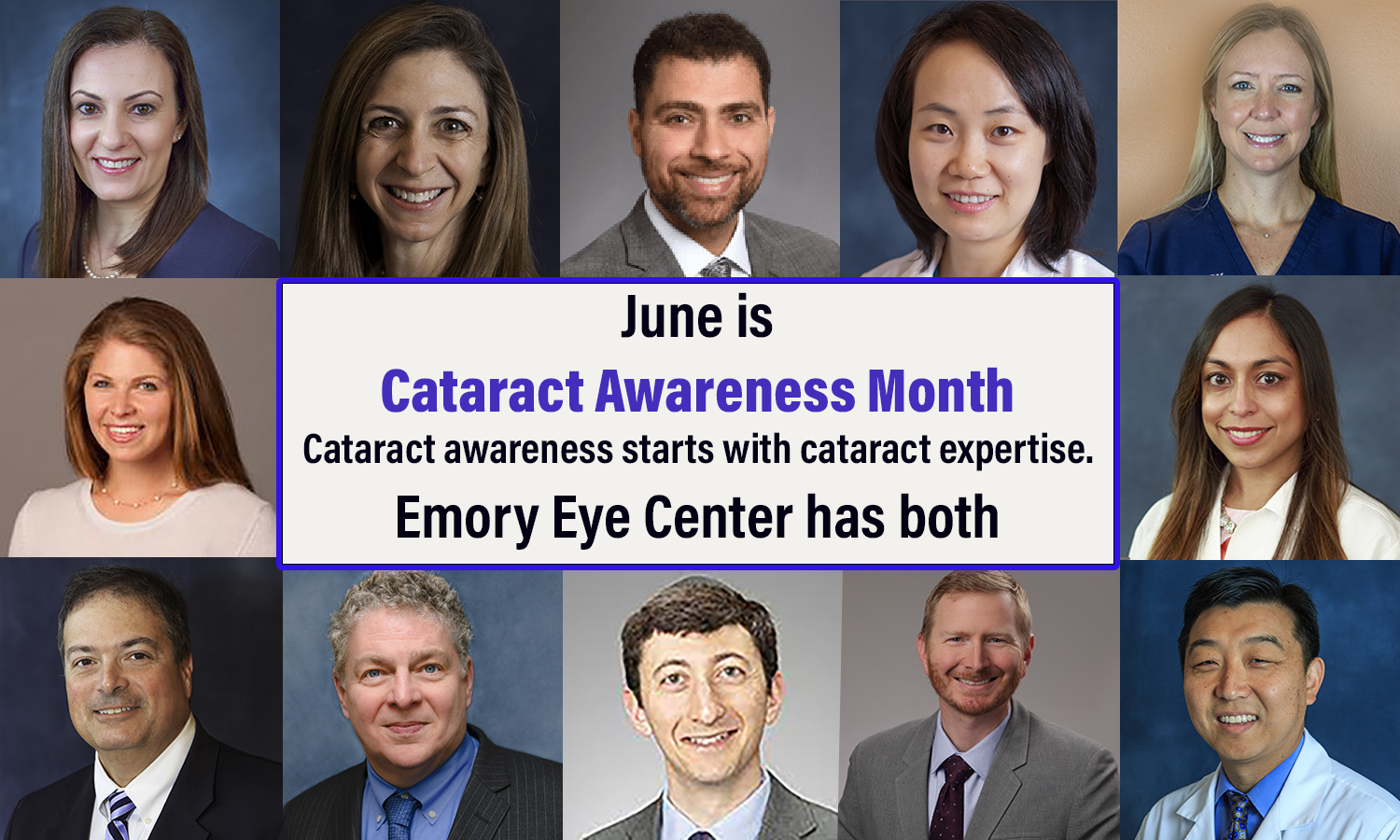Five things to know about cataracts

What are cataracts?
A cataract occurs when your natural lens becomes cloudy, often due to advancing age. Cataracts can also develop in response to an injury or another condition (e.g. glaucoma). If not treated, cataracts can result in vision loss over time.What are typical symptoms?
The only way to be accurately diagnosed with cataracts is through a dilated exam performed by a licensed optometrist or ophthalmologist. Typical cataract symptoms include blurred or hazy vision and glare when driving at night, the result of a cloudy lens. There is also some decrease in the brilliance of colors. An individual’s ability to read may also be impacted. If these or any other vision problems develop, it is critical to be seen by an ophthalmologist. Because age is a factor in the development of cataracts, it is recommended that individuals over the age of 60 have a dilated eye exam every one to two years.
Can medications worsen my cataracts?
Meds you take for another medical issue could have an increase your risk of developing cataracts or accelerate the development of existing cataracts. This is sometimes the case with steroid eye drops, a commonly used treatment for dry eyes. While they reduce the eye’s irritation, steroid eye drops can also accelerate the development of existing cataracts. Review the stated side-effects of any OTC or prescription medicine you are taking. If you are not certain about interactions, ask your ophthalmologist.What can I do to stop cataracts from progressing?
- Avoid prolonged exposure to ultra-violet rays (e.g. THE SUN)
- If you must be outside, avoid sun exposure when it’s at its worst: 10 am – 3 pm (or, during daylight savings, 11 am -4 pm).
- Wear UV-rated sunglasses when you go outside
- Don’t be fooled by a cloudy day. Ultra-violet rays will pass through them.
- Remember to have regular check-ups with your ophthalmologist, who can assess your overall eye health.
If I have cataracts, what are my best options?
The most successful treatment plan is the one that you establish with your ophthalmologist. Regular check-ups are key. You might want to start by minimizing the impact that your cataracts have had on your eyesight by getting a new eyeglass prescription or improving the ambient lighting when you are reading or doing other activities where your sight has been less sharp. You might ultimately choose cataract surgery, wherein the cloudy lens is replaced with an artificial lens or intraocular lens (“IOL”). The surgery is relatively quick, painless, and successful.

